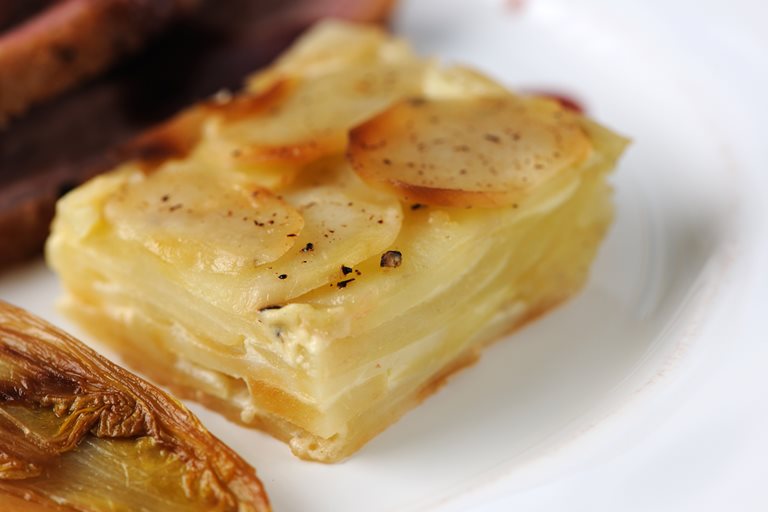
This recipe was published in The Times and is also in the Ginger Pig cookbook. I used a smaller chicken and 2/3rds of the vegetables suggested.
Ingredients
- 1 tbsp olive oil
- 3kg good-quality chicken
- 1 tbsp sweet paprika
- Sea salt and freshly ground black pepper
For the bed of vegetables
- 3 onions, peeled and cut into quarters
- 3 carrots, peeled and cut into quarters
- 3 large tomatoes, cut into quarters
- 2 red chillies, cut into quarters
- 2 garlic heads, cut in half horizontally
- 3 red peppers, deseeded and cut into chunks
- 2 bay leaves
- 2 thyme sprigs
- 2 tbsp balsamic vinegar
- 400ml white wine
- 300g black olives, stoned (optional)
Preparation
- Preheat oven to 180ºC/350ºF/GM4.
- Put all the ingredients for the bed of vegetables into a large lidded casserole dish. Mix well.
- Rub the chicken all over with the olive oil. Spring with the paprika and seasoning and rub these into the chicken, too.
- Place the chicken in the dish on top of the vegetables and cover with a tight-fitting lid. Place in the oven for 90 minutes, then remove the lid and cook for a further 20 mins to crisp up the skin. Serve with rice or pasta.
Serves 6.








